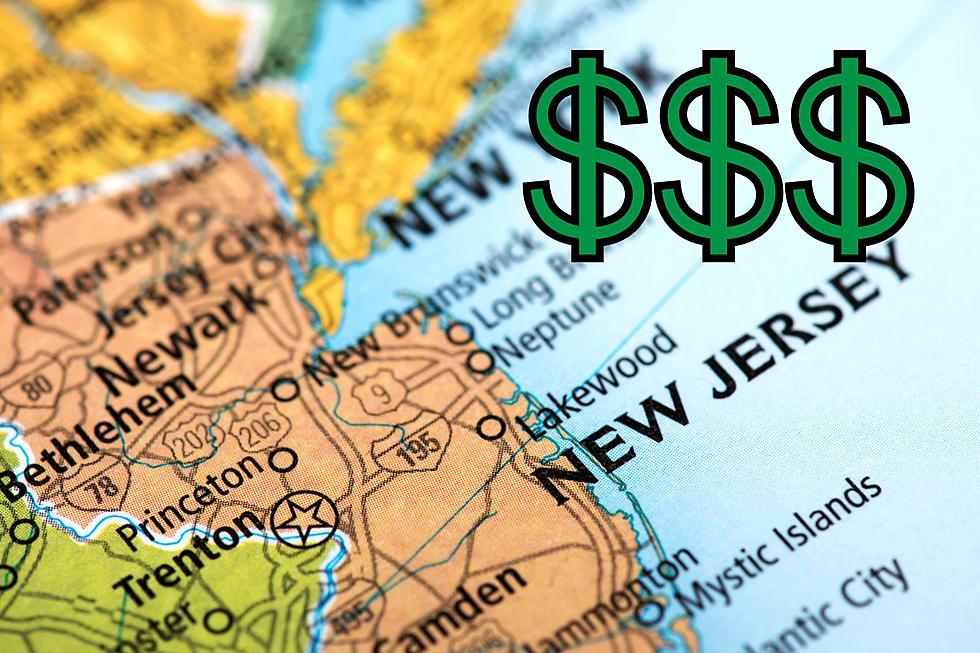
Report: New Jersey, New York, among top states with unfunded liabilities
(The Center Square) — New Jersey has a larger unfunded liability for post-employment benefits other than pensions than any other state, according to a new report.
The report, produced by the American Legislative Exchange Council's Center for State Fiscal Reform, found that unfunded other post-employment liabilities nationwide have climbed to $1.14 trillion in 2022, averaging $3,000 "for every American man, woman and child."
New Jersey was ranked worst in the nation with the greatest amount of unfunded OPEB plans of any state in 2022, totaling nearly $175 billion, according to the report. The state's per capita liability was $19,691.65 in 2022, the report's authors said.
New York followed closely behind with more than $133 billion in OPEB liabilities, with a per capita liability of $6,847.42 per resident, according to the report.
Delaware didn't fare much better in ALEC's report, with more than $11.7 billion in liabilities, and its small population resulted in an outsized per capita liability of $12,048.16 per resident.

"The burden on taxpayers and competing state spending priorities posed by defined OPEB plans will be substantial if there aren't significant policy reforms," Jonathan Williams, ALEC's chief economist and executive vice president of policy, said in a statement. "Introducing a variety of defined contribution options for new employees enables states to fulfill commitments to both public employees and taxpayers, fostering financial sustainability."
ALEC defines OPEB — often described by economists as the "trillion-dollar acronym — as every benefit retired public employees are eligible to receive upon retirement outside of a pension. That includes health insurance, life insurance, Medicare Supplement Insurance and other remunerations.
"While it is difficult to estimate future liabilities because of variables like health care costs and mortality rates, calculating the present value of future liabilities can provide an estimated valuation of those future liabilities today," the report's author wrote.
The report pointed to Nebraska, South Dakota, Indiana and North Carolina as examples of states that have successfully reformed OPEB plans "to keep promises to their public workers while also protecting taxpayers from needing to provide a bailout."
Overall, OPEB plans have worse funding ratios than state pension plans, the report's authors noted. With an average funding ratio of merely 13.46 percent — a critically low amount — many have no pre-funded assets, allowing liabilities to grow rapidly yearly.
Non-pension-related funding health is important for participants of the funds and taxpayers who contribute a majority of the funding, ALEC said. A poorly-funded benefits system will require more tax dollars in annual contributions, crowding out other priorities.
“By ignoring the trillion-dollar OPEB problem, state policymakers are putting promised benefits in jeopardy and saddling taxpayers with hundreds of billions of dollars in debt,” Lee Schalk, ALEC's vice president of policy. "Making the necessary OPEB reforms now allows state leaders to keep their promises to everyone."
NJ school districts with the highest median teacher salaries
Gallery Credit: New Jersey 101.5


